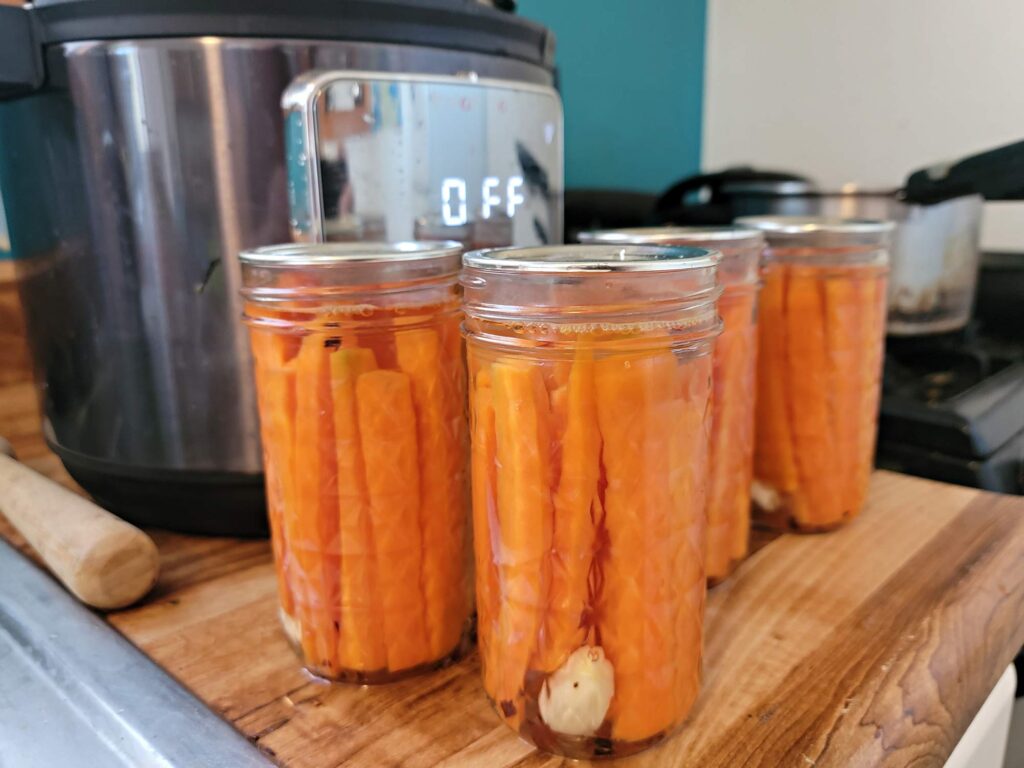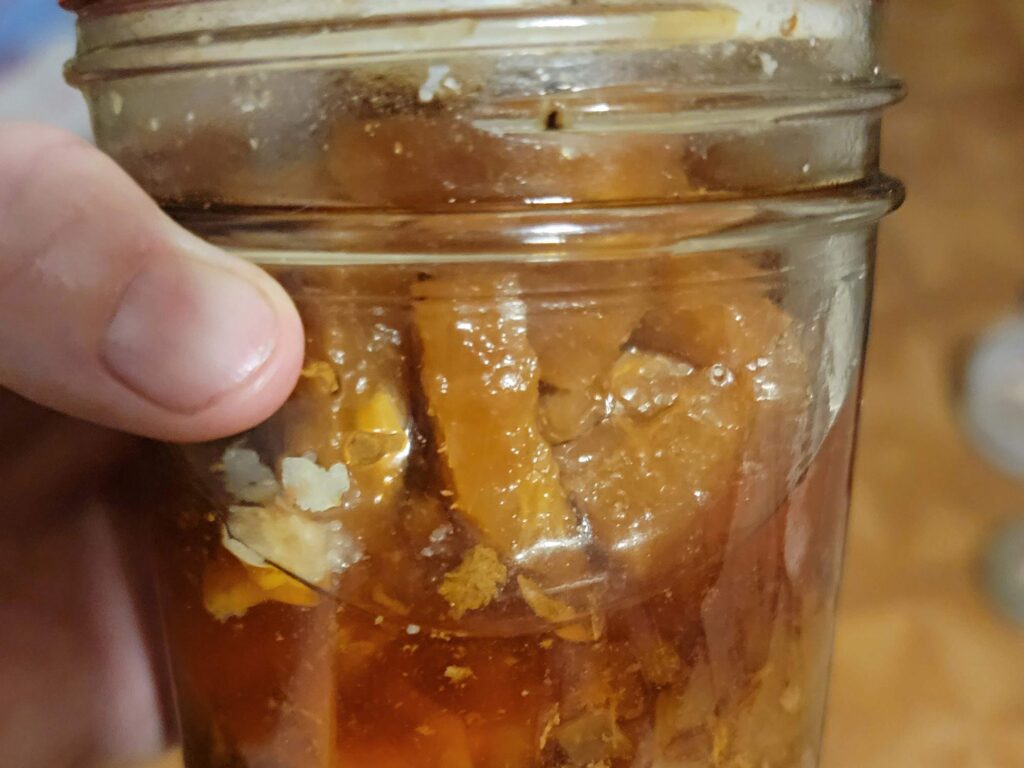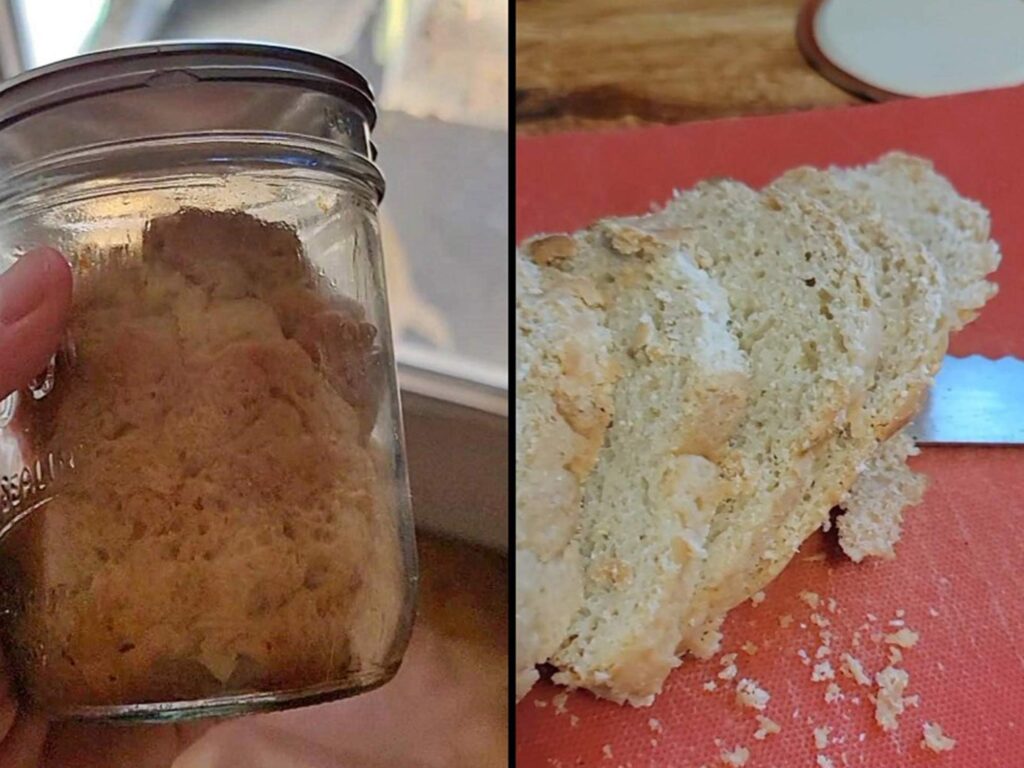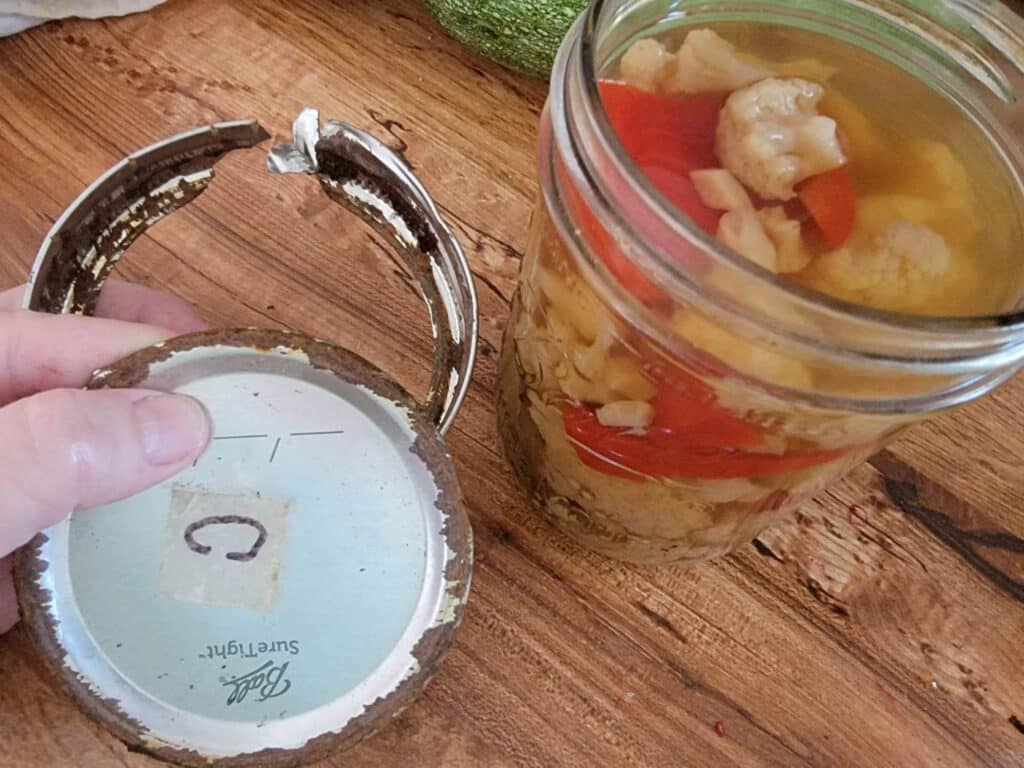
There’s a food preservation zeitgeist in my world. It started with expanding our canning repertoire here in the Cabrales Boatyard in Puerto Penasco, Mexico. Our current access to a full bounty of ingredients and supplies prompted the canning projects. Gaining basic canning experience before departing on a bluewater cruise is useful and can also help cruisers connect with and anticipate a future cruising life. We are gradually stocking up and I look forward to the days when my husband, Jaime, and I will happily rely more on what’s on board instead of what’s on shore and we’ll trade well-stocked grocery stores for swaying palm trees and turquoise water. Fueling our bodies with homemade goodness from our onboard canning bounty after a hard day of snorkeling in a remote area will surely add to the pleasure of a day.
Dispelling the myth of glass jars
Although some cruisers may have concerns about glass containers on board, we use a lot of glass canning jars aboard our Stevens 47 Totem and have broken only two. The broken jars were a result of errors on our part, and not a result of the glass thrashing around in an agitated sea state or flying across the cabin. The jars get no special storage care such as bubble-wrap padding. We simply place them in a locker snugly enough to make sure they don’t go flying around. Should one drop on the cabin sole, there may be food to clean up but the durable jars remain intact.
Reducing waste
My friend Kristen Hanes knows of my affinity for food preservation. She took time out from getting her CT41, John Muir, ready to launch to share some cool news she learned from a recent NY Times article:
- The average U.S. household wastes nearly a third of the food it buys.
- Households account for 39 percent of food waste in the U.S., which is more than restaurants, supermarkets or farms.
- In the U.S., food waste is responsible for a greater amount of greenhouse gas emissions than commercial aviation.
At a time where most levers for reducing greenhouse gases may feel out of reach for individuals, here is one that is solidly in our control. Food preservation to keep our excess food from spoiling is an easy way to reduce our individual waste. When you can your own food like this, you are not turning single-use cans into rubbish that can’t be handled in faraway places.
Kristen and I spent an hour talking about food preservation and you can listen in on episode 30 of her podcast – The Wayward Home. The food preservation tips aren’t just for tiny home living. They’re for all of us and they can make a difference.
Reducing even more wasteSpeaking of making a difference, I hope more than a few folks reading this were cheering along as Kirsten Neuschäfer drifted towards the 2022 Golden Globe Race finish line April 26 off Les Sables-d’Olonne, France. After 235 days at sea, she won the epic solo, single-handed race around the world. An emotional moment that genuinely made me well up was seeing the post a few days later from chef Jean-Louis Leclerc. He was alongside Minnehaha with Kirsten, and sitting on the dock beside them were bags with the now-empty glass jars of food he had donated to her campaign. It is a part of the race rules that all recyclable goods must be stored aboard. But these weren’t just metal cans ready for recycling. They’re glass jars ready to be used again and again. It’s a great model for cruisers.
Jean-Louis was a stranger to Kirsten when he offered to provide her with 100 jars of prepared food for the race. He surely knew that this thoughtfulness would fuel Kirsten’s mind and soul, not just her body, as she sailed around the world; she mentioned Jean-Louis’ beautifully-prepared meals in the letters she passed off in drop points during the race.
What we’re canning

In our temporary land-galley, a rack of wire shelves has a growing stash; some chosen for practicality, others for delight. My practical side appreciates that when time and ideas are running low, opening a can of dry-packed potatoes for a quick breakfast fry-up is a welcome start to a good, quick meal. Here in Mexico, green waves of ferny fronds in fields east of town attest to the end of the local asparagus season. My purchases from a street vendor, pickled with lemon, will be a treat later during our travels.
Affordable Mexican pork has been turned into jars of carnitas for a quick, yummy taco or enchilada whenever we have the craving. Jalapeño jelly and cream cheese on crackers for a snack? Yes, please. I recently experimented with canning bread (yes, yeast bread). We opened the jar after about six weeks, and while it wasn’t fresh-from-the-oven good, it was far better than anything I can usually buy locally.

A few starter ideas:
- This flexible recipe for papaya chutney is a forgiving first recipe. No papaya? Substitute other similarly-textured fruit available to you, such as mangoes or peaches.
- Canning meat helped keep our omnivore crew happy, and was easier than I ever imagined. I walked through my process for canning chicken on board.
- Rebel Canners / Canning Rebels have been a great source of recipes. “Your kitchen, your rules,” is their motto, but it’s a good idea to learn about FDA guidelines and canning safety and then make an informed decision that’s right for you.
- Other favorites: Canning Granny has provided useful methods and ideas, as has Diane Devereaux (The Canning Diva).
What do you need for canning?
I keep a list of jars and lids we use on Totem. Here’s what works for us.
- Standardizing on a single size jar. I like wide mouth pint jars. While they cost more online, you can look for deals in stores such as Target and Walmart. They are the easiest to fill and readily double as drinking glasses.
- Ditch the tin-plated rings and lids that the jars come with. They quickly become a rusty mess on board.
- Use BPA-free plastic lids (such as Tattler or Harvest Guard) which can be re-used and don’t rust.
- Make sure to get good bands. Heavier-duty 304 stainless bands from EcoJarz used to be the only game in town, but you can source durable lids at good prices more readily now.
Of course you’ll need a canning pot, too, one that works best with your method of canning. Pressure canning (for low-acid food, like meat or vegetables) and water bath canning (for fruits with an acid added such as vinegar in chutney) are the most common.
We don’t have a pressure canner. I use a pressure cooker (see my linked post on canning chicken for how and why). I primarily use our Instant Pot the Pro Plus – which has a ‘max’ pressure setting of 15 psi. The USDA does not officially approve; my galley, my rules.
Don’t count on finding canning jars and supplies while cruising. I found it difficult to buy jars along the way. A last note on using heavier bands: while they cost quite a lot more, you don’t need one for every jar. You only need enough to use during the process. You can remove the bands from the jars for storage after the contents have cooled. Here’s an illustration of one reason to get the bands off promptly. They can corrode to the point of needing to be cut off, such as the lid and band of this delicious jar of pickled cauliflower a friend gifted us.

Storing jars on board
Jamie has figured out how to turn a new space on board into storage for nearly 100 canning jars. The spot was previously where Totem’s electrical panel used to be. I joke (but, it’s no joke) that he knows my love language. The new space is tall and not very deep, making it awkward for many other uses, but ideal for our jars.

Whether you’re inspired by Kristen’s lower-waste living, by Kirsten’s jars-round-the-world, or eating well in your cruising life, don’t let canning intimidate you. It really isn’t that hard. If there’s someone near you with canning experience, I can almost guarantee they’ll be happy to hold your hand through the first time.








